I’m always trying to find colors that are a little different. I want a blue you can’t buy in a store. When I was painting, I found this place in Amsterdam that actually made pigments — I’d buy from them and make my own paint. I remember buddies asking me, “Why do you do that?” And I said, “You know why? You’re using the same blue, the same red, and the same green as every other schmuck that walks into that paint store. And I don’t want to do that!”
I’m using the same principle to pick colors for my work now. I want colors that make people say, “Oh, look at this combination of orange and green and blue — I never would have thought to mix those.” I want to have that effect on people.
I take a lot of digital photographs just to extract color. I go to an arboretum here on Long Island at different points in the year and take pictures of the orchid show or the Christmas poinsettias. Nature does a pretty good job of blending. You’ll get a flower that starts with green, goes up to yellow, and blooms red. So already I’ve got a red, a yellow, and a green that all complement each other.
I’ll extract those colors, and then I might find a blue that I like in a sunset photo, and extract that as well. Next, I bring those colors into Photoshop. All the colors are by themselves, saying, “I’m a blue, don’t touch me.” Then I go into Filters and apply a Gaussian blur to the colors, so they’re no longer independent. The blue is now blending into the green, the green is blending into the yellow, and I have this blurred image of all the colors mixing together.
I take that image and run it through this program I’ve created, and say, ”Okay, extract the top 16 colors.” So now I have a range of colors extracted out of the image that I blended. The most complex color set I’ve done was 74 colors, and the average is 32. And that’s where I get all my colors.
— Joshua Davis
A Different Shade of Blue
Next post: Sometimes ya just gotta jam it.
Previous post: Chinese symbol illusion

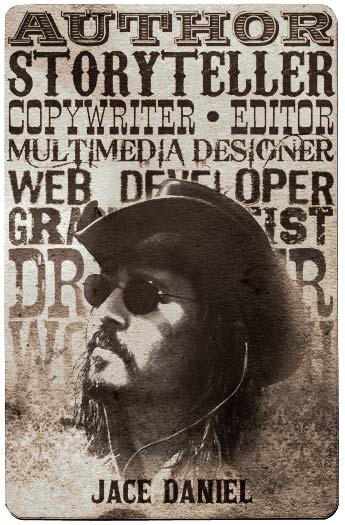



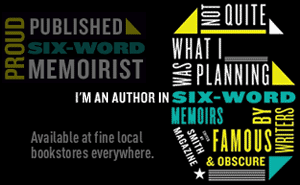
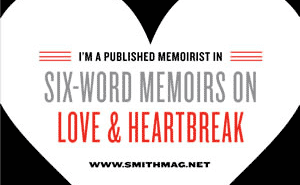

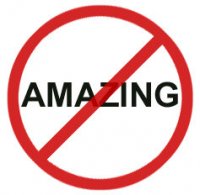


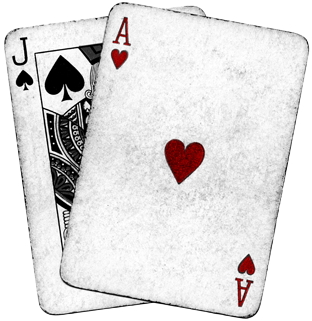
Comments on this entry are closed.